AMNESIA: A MACHINE FOR PIGS Review; Absolutely Horrific, but in a Good Way
As I begin this review, my heart is pained. Not because Amnesia: A Machine for Pigs is bad or anything, I was just playing it and I startled so badly I think I had a mini heart attack. If you are looking for another terrifying, if a tad short, jaunt, this game is for you. If the abundance of distance noises, suspenseful music, bone chilling laughter of children, and the squeals of pigs are too much for you, do yourself a favor and stay far FAR away from this game.
Amnesia: A Machine for Pigs is an “indirect sequel” (think Final Fantasy sequels) to The Dark Descent, which was released in late 2010 and quickly became well known as one of the best horrifying, yet entertaining, experiences video games had to offer. Considering the success of the first game, it is no surprise a sequel was released. What is interesting is A Machine for Pigs was developed by The Chinese Room and only published by Frictional Games, the creators of the first. This worried me at first, but after some play time, I can say The Chinese Room did a fine job.
A Machine for Pigs definitely isn't the same game as the first. It is still a survival-horror game where the majority of the gameplay is exploration and relatively simple puzzles, but there are a few key differences. You no longer have to manage your oil levels, so you can use your lamp as much as you want, which honestly isn't that often. Also, you no longer had a health or sanity meter. Sanity is basically scripted events, and health is handled by the screen darkening as you take more and more damage. This lack of micromanagement barely reduces the urgency of the game and greatly increases the immersion into the macabre story since you no longer have to stare into candles and hope your light source is actually returning your sanity.
Unfortunately, some of that immersion is instantly torn away by the significant lack of interactable objects. As you explore the gloomy world the only things you can interact with are story items, puzzle items, teddy bears and, for some random reason, every single chair. No book, no crates, some bottles, but a dining chair? Pick that shiz up, give it a name and carry it around for emotional support.
The controls are very similar to the first game. Click to interact with objects, slowly or quickly open doors (standard). Two buttons to lean around corners (important) and a sprint (very important). The controls work as intended, which is the best compliment you can give controls. You almost never think about the controls after they are introduced to you since they only have occasional issues, like carried objects rarely clipping through walls or finicky manipulative puzzle objects. These issues can get frustrating, especially when you are trying to haul Geoffrey the Chair through the entire game and he suddenly disappears through a wall. I never had it happen to an object required for progression, even with substantial effort.
The story is dark, gritty, and cerebral--everything I was expecting from the sequel to The Dark Descent. Like Bioshock Infinite,a substantial amount of the story is discovered through notes scattered throughout the world which you can miss if you don’t fully explore the environments and check all of the drawers. The end sequence does a good job of answering most of your questions, but I do have to admit, after I finished I hopped online and read an explanation to make sure I understood what the crap was actually going on. The story, while good, isn't terribly long. I was a thorough explorer, and I still finished the game in under six hours.
While the story was unpredictable, the horror was not. Quite often I would find myself saying, “There’s going to be a scary bit right HERE.” And I was correct more often than not. It’s really not that big of a deal, especially since there were still plenty of moments that made me jump, but the strength of this game is definitely in the atmosphere, not the jump scares.
The presentation both helps and hurts the immersion. The creatures are suitably disfigured and environments are ominous and very dark. I wish the engine was a little more robust or used higher resolution textures though, because certain areas of the game look rather basic, such as the water effects. In some of the later areas of the game you can also see visual seams in the junction between walls and floors, which is a personal frustration.
The sound design is very well done (especially if you are using a surround sound setup) and the echoing screams and squeals will probably haunt my nightmares for weeks to come, but like the visuals, there are some issues. Occasionally I noticed a sound byte repeating endlessly at the same volume, not matter how far you walk away from the area. It stopped after a nearby level transition, but it is definitely a sign of weakness.
This game is definitely not free of bugs. Not only do you have the occasional object clipping issue and presentation oddities, but at one point I fell through the floor and was able to view the map from outside. Eventually I fell to my death, but once I respawned, the game was broken to the point of completely blocking me from progression, so I had to jump back a save and lose half an hour of playtime. This only happened once, and replaying the section wasn't really that big of a deal since I knew the puzzles and obstacles, but it definitely wrecked the atmosphere for a while.
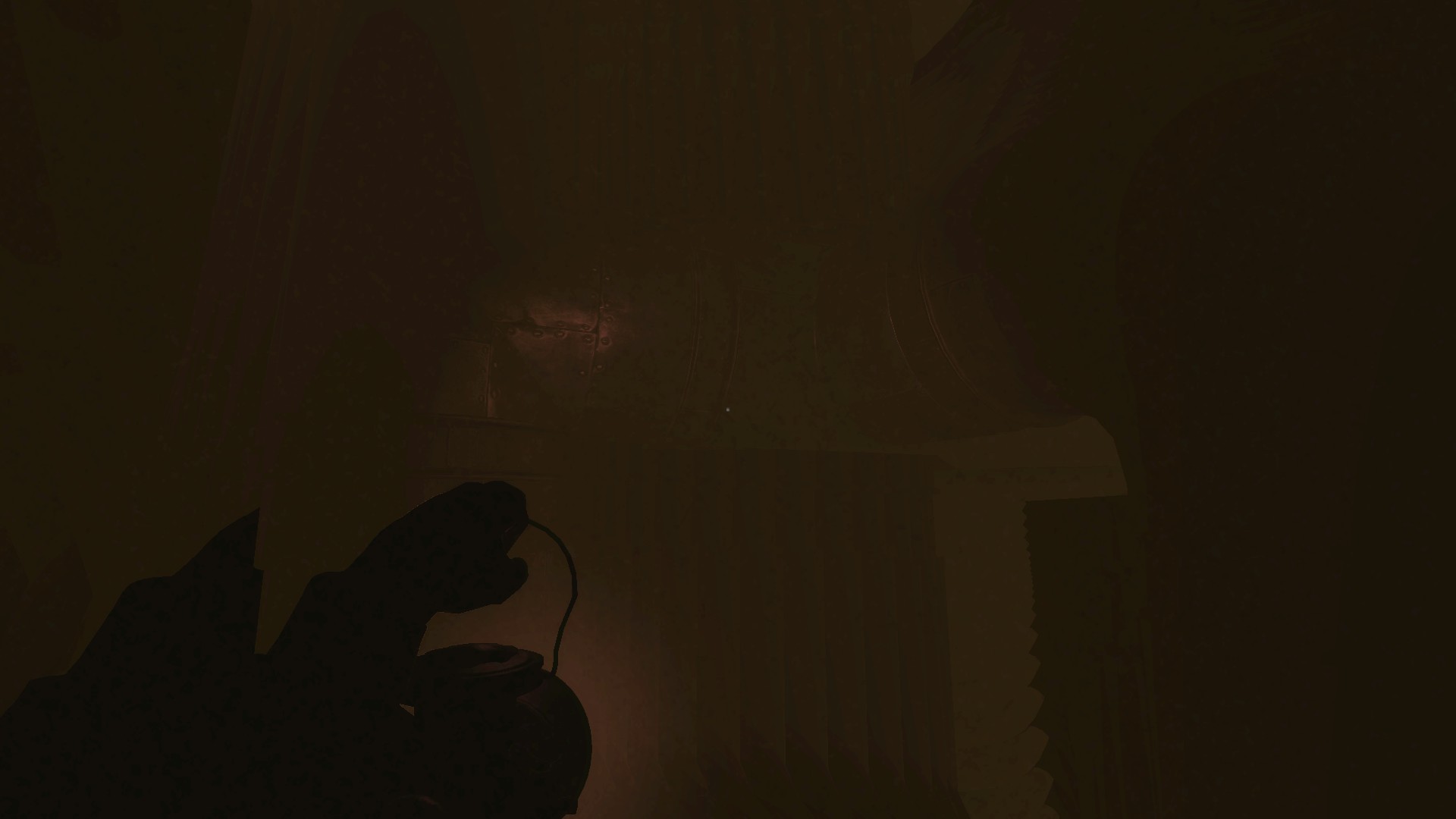
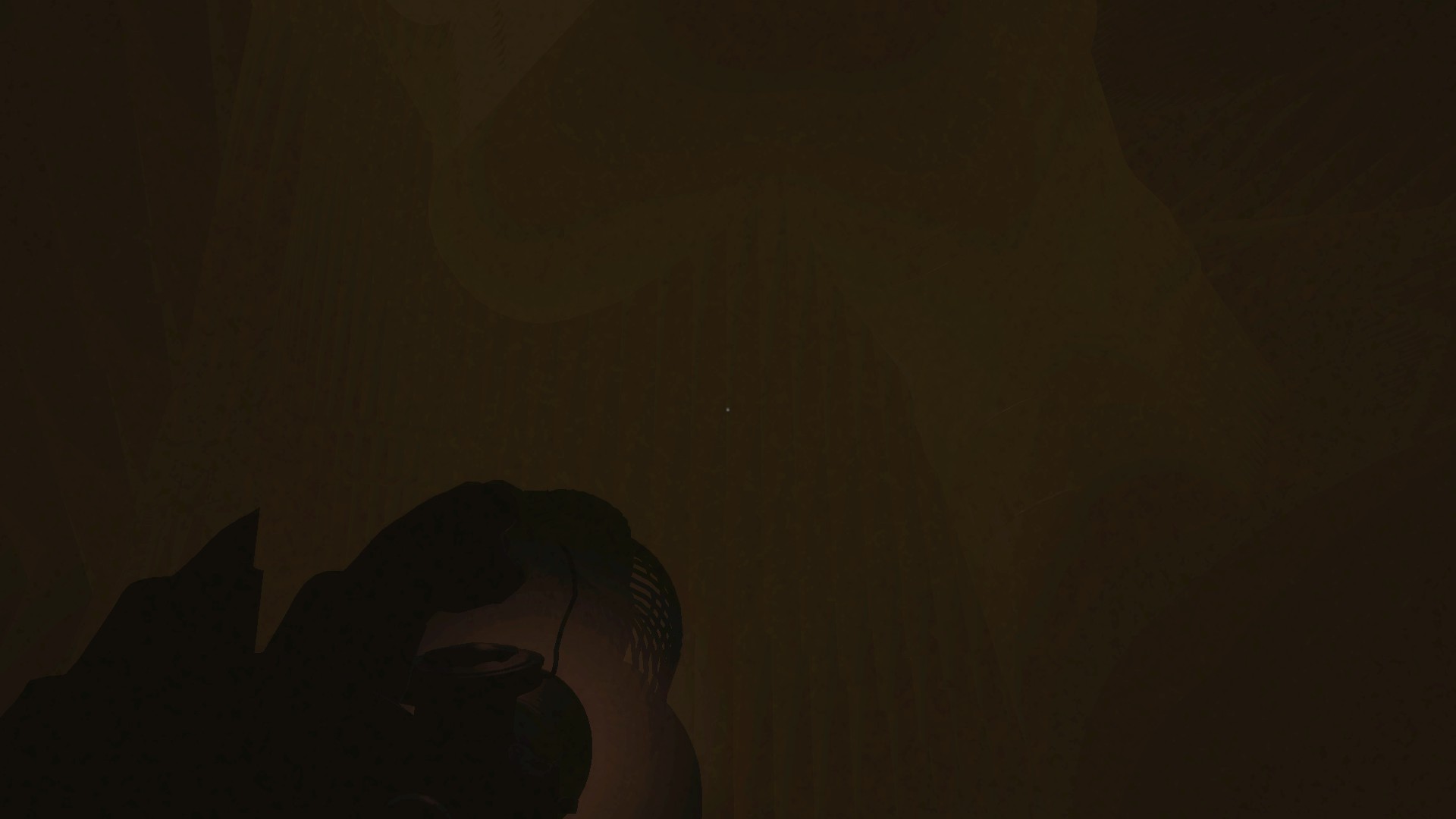
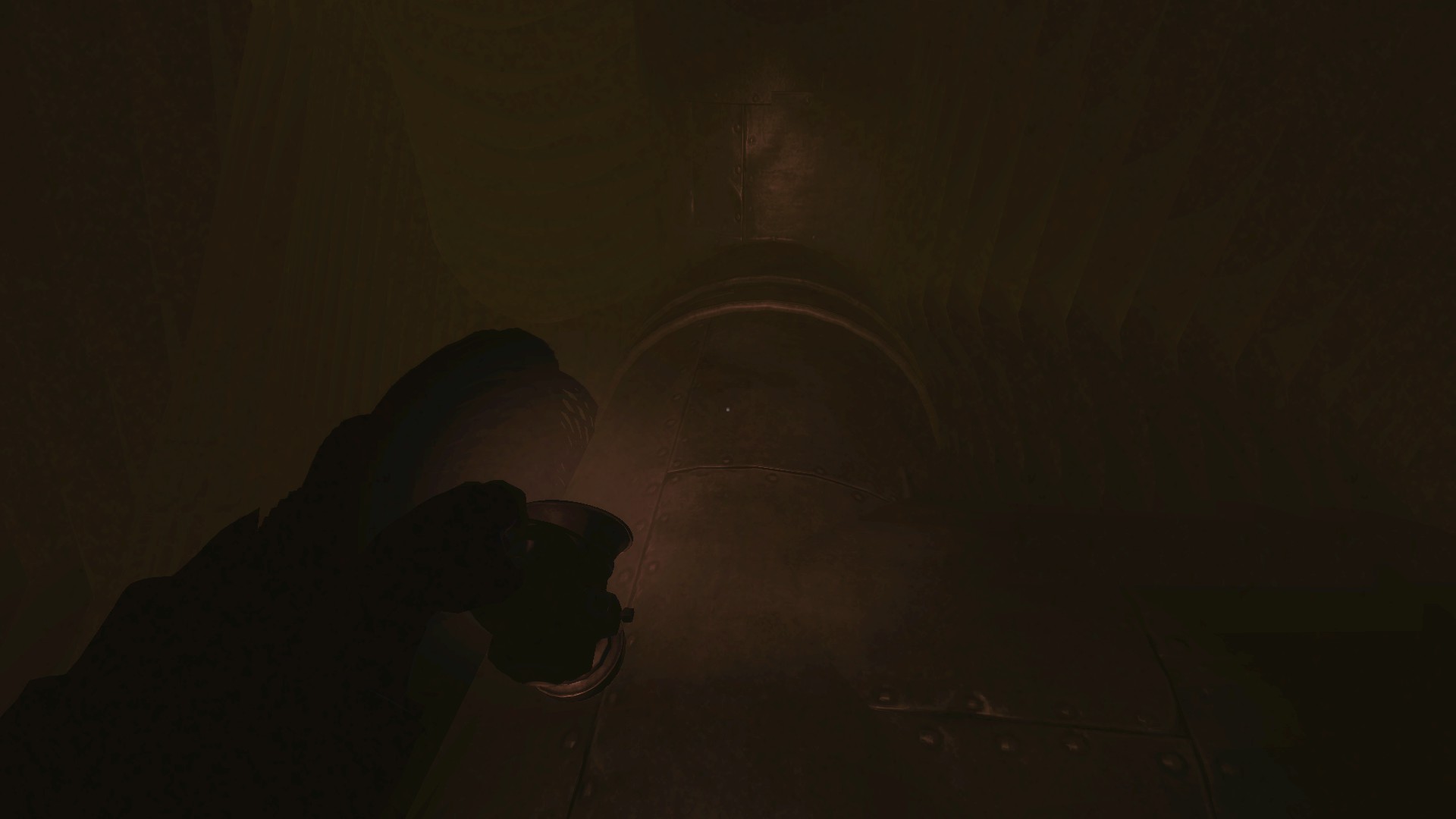
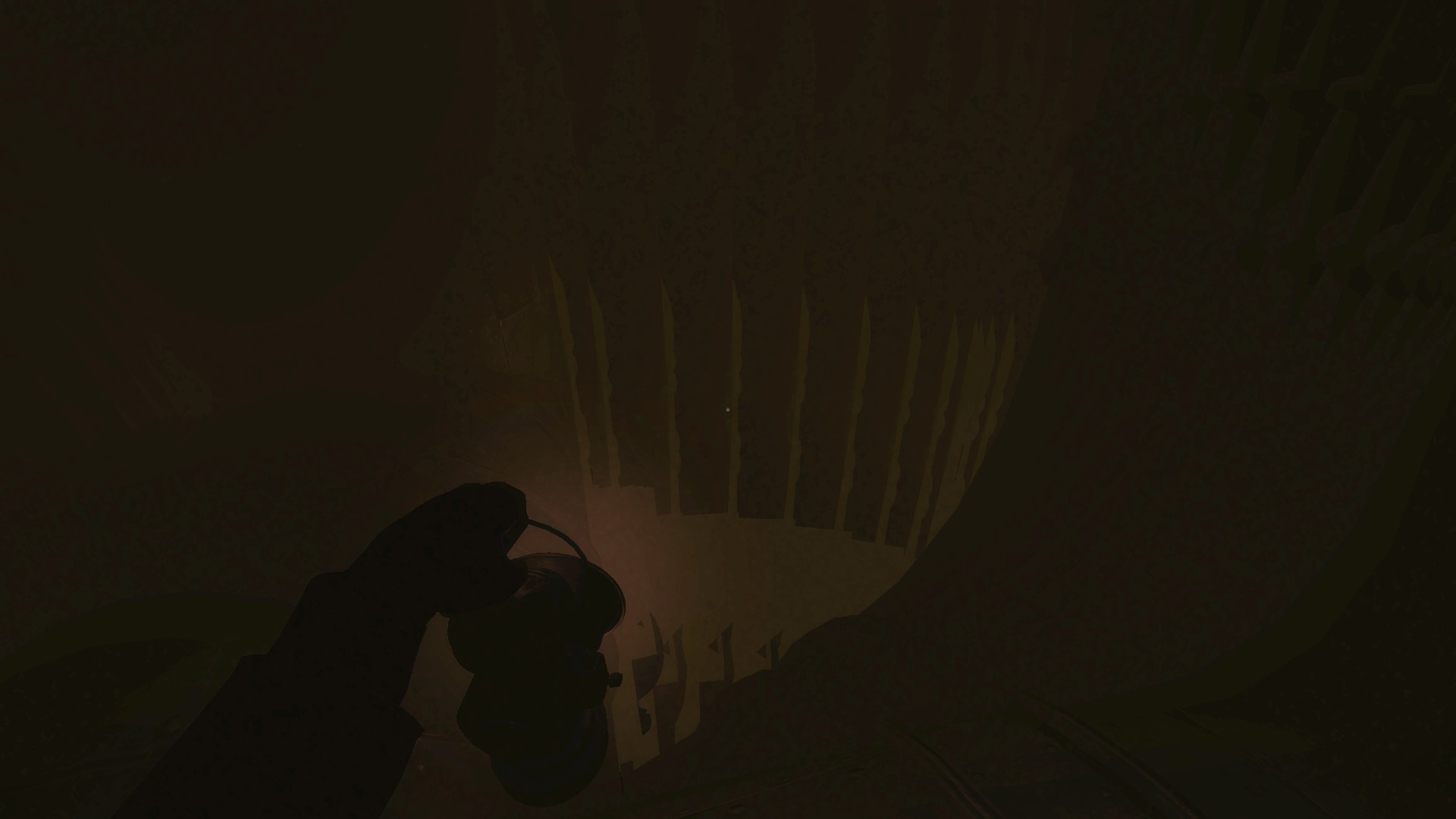
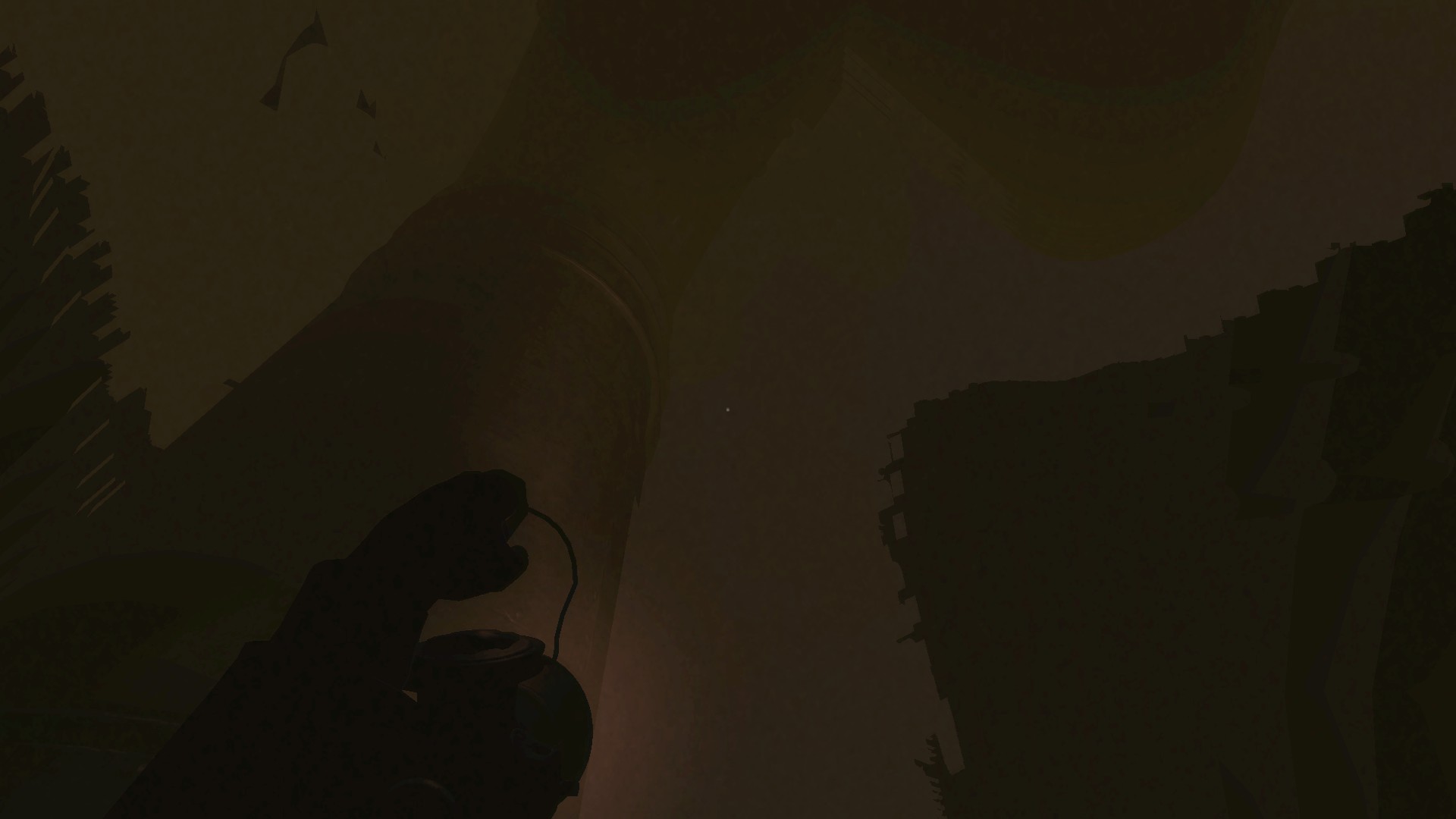
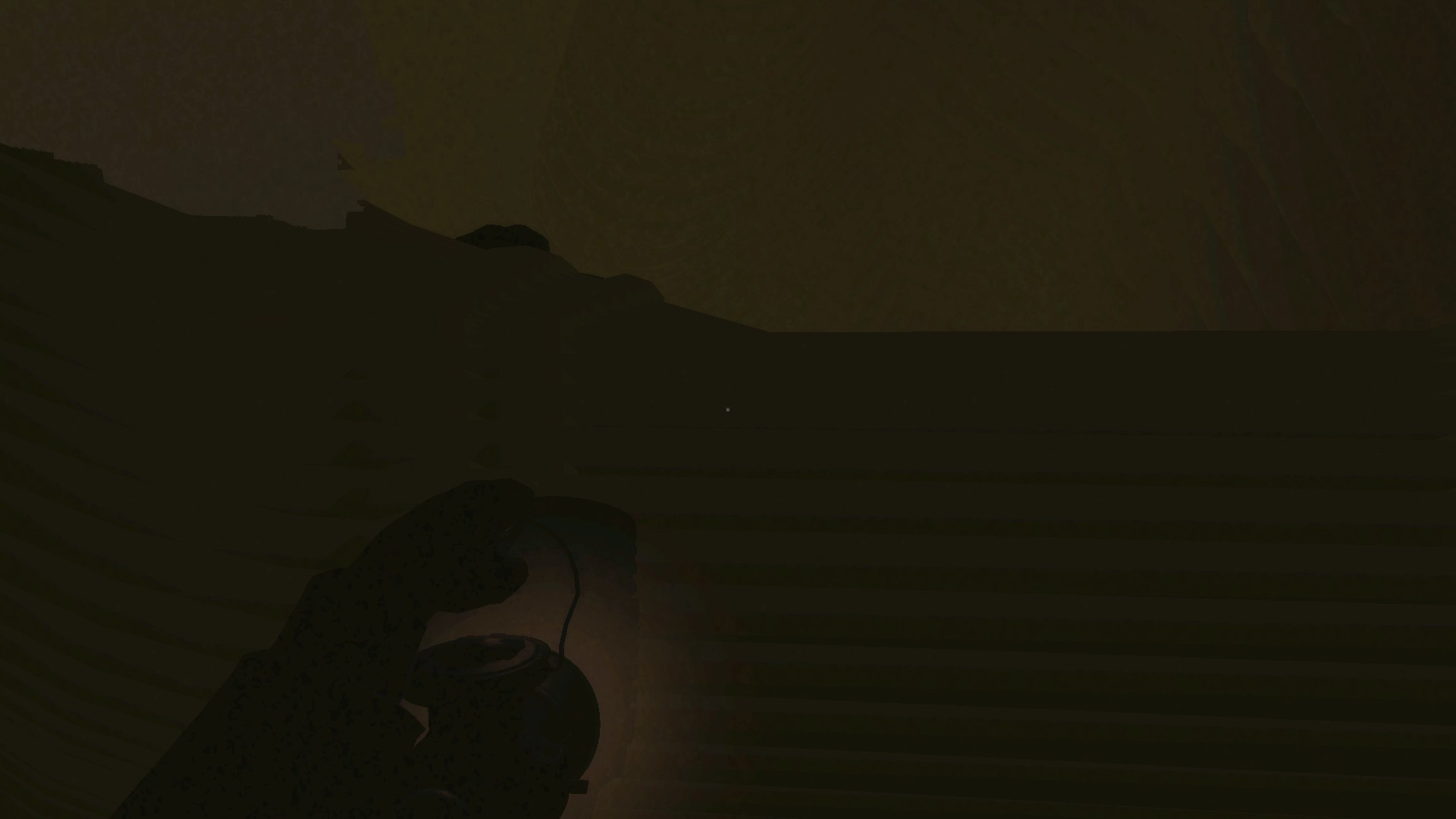
While Amnesia: A Machine for Pigs has some issues, it is absolutely worth playing. The story is well-crafted and intriguing, and the gameplay rarely gets in the way. Occasional glitches may arise, but that didn't tarnish my experience. Go get this game, have fun. Sure, it’s short, but for $20 bucks it is a good buy.
Final Verdict:
More sensitive individuals might want to stay away, but otherwise, play it.